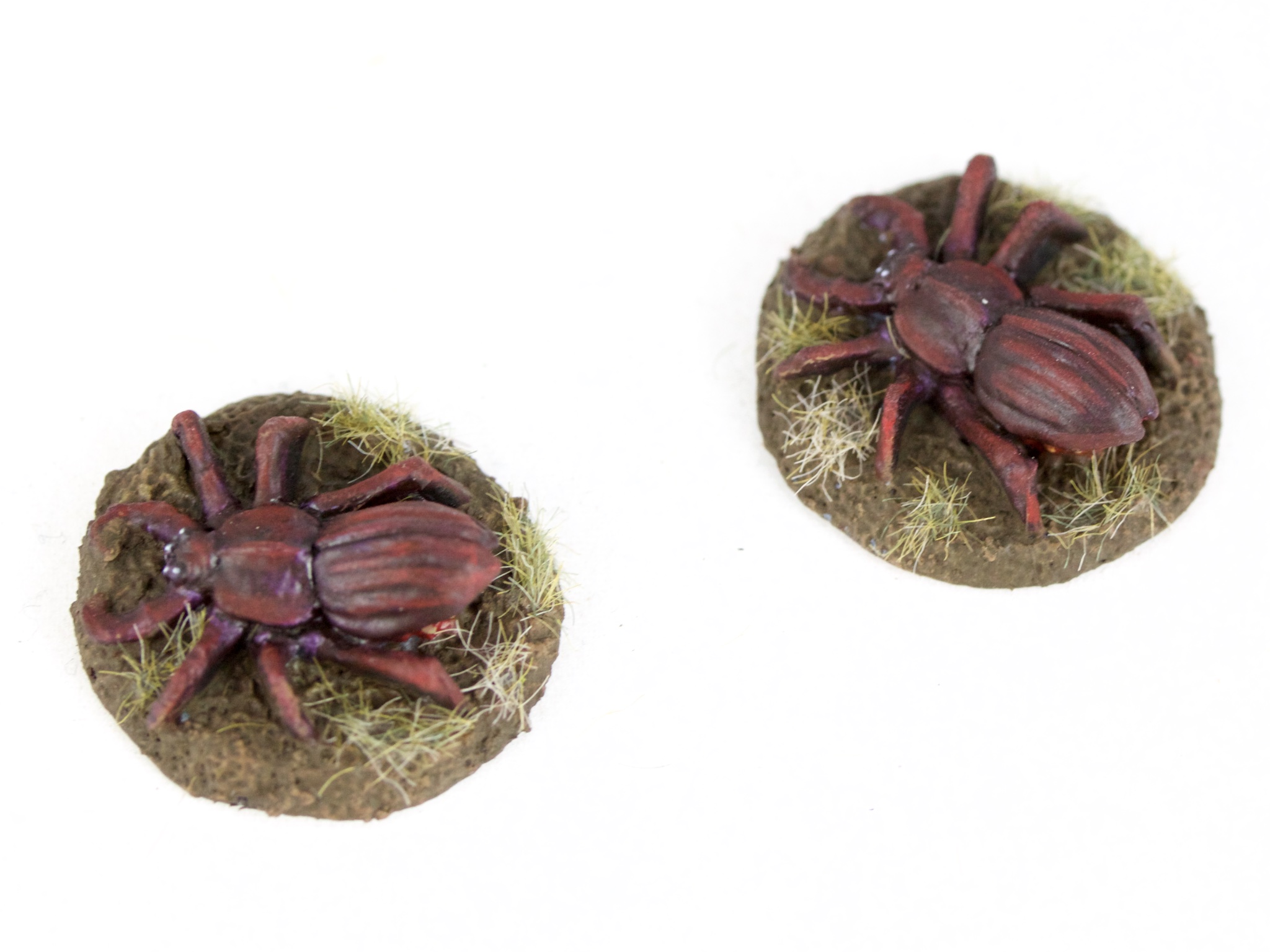

Wildfires in NW Patagonia: Long term effects on Nothofagus forest soil. The effects of habitat fragmentation and livestock-grazing on animal communities in remnants of gimlet Eucaliptus salubris woodland in the Western Australian wheatbelt. Wildfires produce simplification and homogenization of habitat types, and this was reflected by beetle diversity.Ībensperg-Traun M, Smith GT, Arnold GW, Steven DE. The pre-fire conditions of each habitat type determined the structure of post-fire communities of plants but not beetle assemblages. These results suggest that in NW Patagonia, wildfire can have a substantial, short-term impact on beetle abundance and species composition. Therefore, beetle succession was more influenced by recolonization and survivorship, accompanied by climatic conditions and recovery rate of plant communities over time, than it was influenced by pre-fire habitat conditions. There was a shift in beetle assemblage composition with time after the fire in all habitat types, probably due to similar colonization rates and microclimatic conditions. Beetle communities varied more over years between habitats during the early regeneration after fire. Ground beetles were collected by pitfall traps, and plant species richness, vegetation cover, and height were measured.

The relationship between beetle diversity and vegetation structure was investigated over three consecutive years. dombeyi and 3) a shrubland with a diverse community of shrub species. and Bizzarri (Pinales: Cupressaceae) and N.

(Fagales: Nothofagaceae), 2) a mixed forest of the evergreen conifer Austrocedrus chilensis (D. These habitats were: 1) evergreen forest dominated by Nothofagus dombeyi (Mirb.) Oerst. After the fire, beetle abundance, species richness and assemblage composition were compared among three habitats that were structurally different before the fire. This fire affected adjacent, but different, habitat types. An intense and widespread fire occurred in 1999 in the Nahuel Huapi National Park in the Andean forest in northern Patagonia, Argentina. However, little is known about their effects on insect communities that contribute to faunal biodiversity and play key roles in the ecosystem's dynamics. Wildfires are one of the major disturbances in the dynamics of forests and shrublands.


 0 kommentar(er)
0 kommentar(er)
